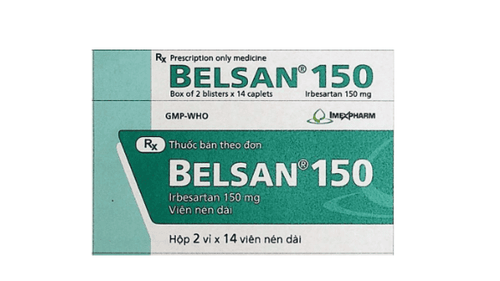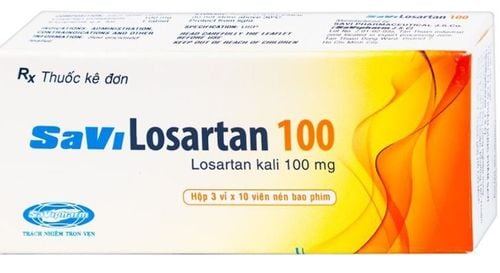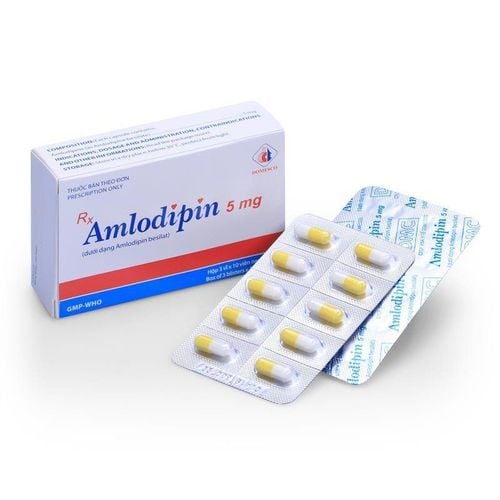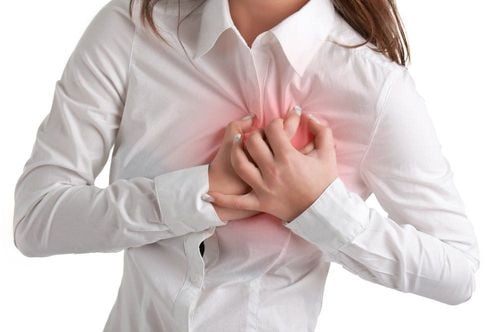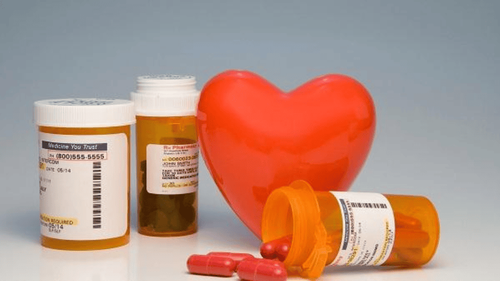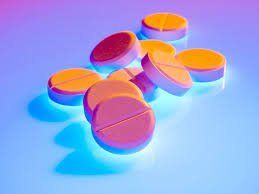This is an automatically translated article.
The article was professionally consulted with Master, Doctor Truong Thanh Tam - Pediatrician - Department of Pediatrics - Neonatology - Vinmec Danang International General Hospital.With the increase of obesity and sedentary lifestyle, the frequency of detection of hypertension in children is increasing. Without timely intervention, hypertension in children will continue to persist into adulthood, causing many complications that seriously affect children's health.
1. Early detection of hypertension in children
Not only for adults, hypertension is also a disease of great concern in children. Along with the increase in obesity and sedentary lifestyle, the frequency of detection of hypertension in children is also higher than before. Across different studies, the prevalence of hypertension in children has been reported from 0.8% to 5%.Just like in adults, childhood hypertension often has no symptoms in its early stages. When childhood hypertension is severe, the child may have symptoms such as headache, chest pain, abdominal pain, decreased vision, double vision and some breathing problems. Without timely intervention, hypertension in children will continue to persist into adulthood. Children will be at risk of dangerous cardiovascular complications such as enlarged heart, damage to blood vessels, damage to the retina of the eye, and neurological complications. Prolonged high blood pressure increases the risk of heart attack, stroke, heart failure, and kidney disease into adulthood.

Children with congenital heart disease who have had surgery or have not had surgery Children with a history of premature birth, very low birth weight or complications in early childhood delivery requires active resuscitation. Children with recurrent UTIs, hematuria, or recurrent proteinuria. Children with known kidney disease or urinary tract malformations. Children with a family history of congenital kidney disease. Children receiving solid organ transplants Children with malignancies or receiving marrow transplants Children taking medications at risk of hypertension Children with other systemic diseases associated with hypertension, such as multiple sclerosis. There is evidence that the child has increased intracranial pressure. The results of measuring blood pressure in children depend a lot on the instrument and how it is measured. For accurate results, choose the right instrument for your age and take the right measurements.

2. Causes of childhood hypertension
2.1. Causes of secondary hypertension in children Unlike adults, hypertension in children is mostly secondary hypertension. Causes of secondary hypertension in children may be transient or persistent. If left untreated, other causes of transient hypertension can also cause persistent hypertension. According to the results of many studies, most of the causes of hypertension in children are kidney-related diseases, mainly renal vascular and renal vascular diseases.Causes of acute or transient childhood hypertension include:
Renal host disease: Post-streptococcal glomerulonephritis; Henoch-Schonlein glomerulonephritis; recurrent episodes of systemic disease such as lupus, vasculitis; hemolytic uremic syndrome; acute interstitial nephritis; nephrotic syndrome . Causes related to acute renal failure such as acute tubular necrosis, rapidly progressive glomerulonephritis, renal vein thrombosis, drug-induced nephrotoxicity, other renal pathologies causing renal failure Renal trauma or other causes Other trauma Acute urinary tract obstruction Salt and water overload due to fluid infusion, excessive plasma, acute renal failure, use of drugs or hormones that cause water and salt retention,... Vascular causes: arterial and venous thrombosis renal vasculitis, vasculitis, trauma, renal vascular compression, vascular injury after surgery or angiography,... Neurological causes such as stress, convulsions, increased intracranial pressure due to brain tumors , hydrocephalus, autonomic dysfunction,... Drug-related causes: use of non-steroidal anti-inflammatory drugs, sympathomimetic drugs, cocaine,...
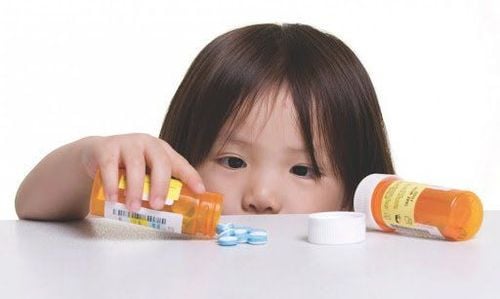
Coarctation of the aorta Chronic renal failure or end-stage renal disease Host pathologies of renal tissue: reflux nephropathy, chronic glomerulonephritis, abnormalities congenital kidney diseases such as renal dysplasia, hereditary renal disease, other acquired kidney diseases such as post-hemolytic uremic syndrome, etc. Renal vascular diseases: renal artery stenosis, arterial stenosis Renal and inter-aortic syndromes, renal artery stenosis and intracranial vascular disease, renal artery stenosis and hereditary syndromes such as neurofibromas kidney, neuroblastoma, periganglionic tumour, Corticosteroid-induced hypertension: Cushing's syndrome, Conn's syndrome

Family history of cardiovascular disease, obesity, sleep disorders,... Children with obesity Children with tolerance disorders Sugar intake Children with increased activity of the sympathetic system Children with increased blood renin activity High salt diet
3. Treatment of childhood hypertension
Treatment of hypertension in children depends on the degree of hypertension, the target organ damage, and the etiology found. Treatments include lifestyle changes (weight loss, physical activity, dietary changes, etc.) and drug therapy to regulate blood pressure.2.1. Treatment of childhood hypertension with lifestyle changes Lifestyle measures are used to control blood pressure alone or in combination with drug therapy. Single lifestyle changes should not be used for too long without results because they may delay the use of antihypertensive drugs in already indicated children.
2.1.1. Weight loss
In children with high blood pressure, maintaining a normal weight reduces the risk of developing high blood pressure in adulthood. Weight loss not only reduces blood pressure, but also reduces blood pressure sensitivity to salt and reduces risk factors for cardiovascular disease such as dyslipidemia, insulin resistance. For children to successfully lose weight, it is necessary to have the active support of parents, and the consultation of a nutritionist. Although losing weight is very difficult, but if successful, the effect will be very good. Studies show that a 10% decrease in BMI results in an average reduction of 8-12 mmHg in blood pressure.

Children with hypertension must start doing physical exercises, not maintain a sedentary lifestyle as before. Exercise regularly, gradually increasing intensity, recommend 30-60 minutes/day. Regular physical activity helps to lose weight, reduce the risk of obesity, and reduce the risk of high blood pressure and other cardiovascular diseases.
2.1.3. Diet
To control hypertension in children, it is necessary to limit salt in the child's diet. Reducing sodium in the child's diet can slightly reduce BP by 1-3 mm Hg. The recommended daily salt intake in children 4-8 years old is 1.2g, in older children it is 1.5g. Some other studies also show that providing more calcium, potassium, magnesium, folic acid, unsaturated fats, fiber and reducing fat intake also reduces blood pressure.
2.2. Treatment of hypertension in children with drugs Before deciding to use drugs to treat hypertension in children must really consider, because unlike adults, the long-term complications of hypertension in children if untreated, the prevalence and extent are not well defined. In addition, there are not many studies that clearly determine the long-term side effects of the drug on the development of children.
The drug is only used to treat hypertension in children in the following cases:
Symptomatic hypertension Secondary hypertension With hypertensive target organ damage Hypertension in patients with diabetes mellitus Type I and II Hypertension persists despite lifestyle changes

Enzyme inhibitors switch to angiotensin II receptor blockers beta blockers calcium channel blockers Diuretics For primary, uncomplicated hypertension and no target organ damage, the goal of treatment when using drugs is blood pressure < 95 percentile Children should start at a low dose, then increase the dose gradually until the desired effect is achieved. When the maximum dose has been reached or the dose appears to be adverse and the blood pressure level is still unstable, one more drug should be used in combination. Pre-combined drugs are not routinely used because of the difficulty of administration, the difficulty of titration, and the lack of evidence for this therapy.
Adjust the dose of antihypertensive drugs based on data on blood pressure values, drug side effects, target organ damage, electrolytes, lifestyle measures,...If the child is fine A dose adjustment should be considered until complete discontinuation of the drug.
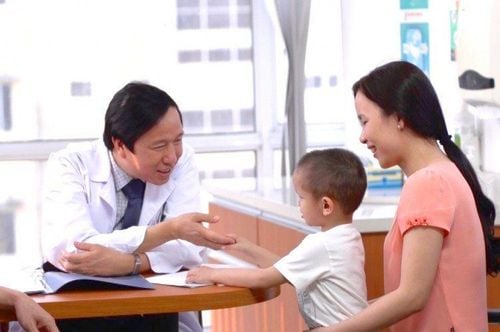
Please dial HOTLINE for more information or register for an appointment HERE. Download MyVinmec app to make appointments faster and to manage your bookings easily.





